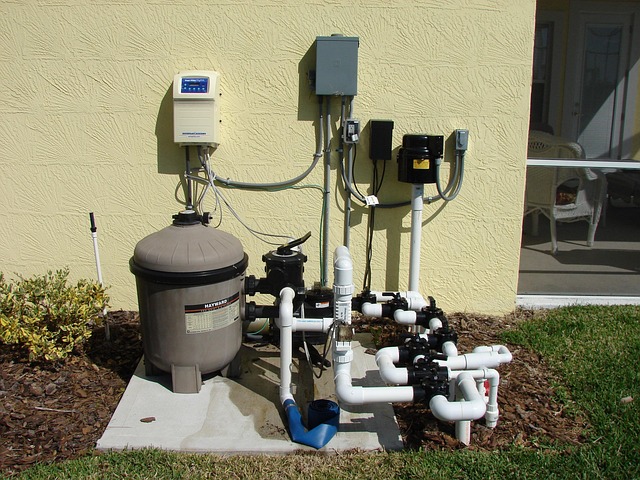Decoding the Intricacies of Automotive Cooling Systems: A Comprehensive Guide
A cooling system plays a crucial role in a vehicle's overall performance, yet it is often overlooked in automotive discussions. This article takes a deep dive into the unsung hero of vehicle maintenance - the automotive cooling system. Let's delve into its evolution, current trends, and significant impacts on the automobile industry.

An Insight into the History and Evolution of Automotive Cooling Systems
The history of automotive cooling systems dates back to the late 19th century, with the advent of the first combustion engine. Initially, these systems were rudimentary, relying on air-cooling techniques. As engines evolved and became more complex, the demand for more efficient cooling systems grew. The 1920s witnessed the introduction of water-cooling systems, where water and coolants were circulated around the engine block to absorb heat. This marked a significant turning point in engine cooling technology, paving the way for the sophisticated cooling systems we see today.
Modern Trends in Automotive Cooling Systems
Today, the automotive cooling system landscape is witnessing a shift towards sustainable and energy-efficient solutions. One such trend is the advent of smart cooling systems. These systems utilize advanced sensors and algorithms to regulate cooling based on real-time engine needs, thereby ensuring optimal performance while conserving energy. Another trend is the rise of eco-friendly coolants that reduce the environmental impact without compromising efficiency.
The Impact of Advanced Cooling Systems on Automotive Performance
An efficient cooling system is integral to an engine’s performance. It prevents overheating, reduces wear and tear, and enhances fuel efficiency. Advanced cooling systems, with their smart technology, provide real-time temperature management, leading to improved engine performance and longevity. However, these systems also pose challenges, such as high development costs and the need for regular maintenance, which automotive manufacturers must address to ensure their widespread adoption.
The Science behind Automotive Cooling Systems
An automotive cooling system works on the principle of thermodynamics, transferring heat from the engine to the environment. This system comprises several components, including the radiator, thermostat, water pump, and coolant, all working in harmony to maintain optimal engine temperature. When the engine heats up, the thermostat triggers the water pump, circulating the coolant through the engine and radiator. The radiator, aided by the fan, dissipates the heat, and the cycle continues.
The Future of Automotive Cooling Systems
As the automotive industry moves towards more energy-efficient and environmentally-friendly solutions, cooling systems are expected to evolve accordingly. Innovations like variable flow cooling systems and the use of nanofluids as coolants are on the horizon. While these advancements promise a more efficient future, they also underline the need for continuous research and development in this critical aspect of automotive engineering.
Automotive cooling systems, though often overlooked, are a vital cog in the wheel of vehicle performance. As this field continues to evolve, it is set to revolutionize the way we perceive engine efficiency and vehicle maintenance. It’s time we shed more light on this unsung hero and appreciate its role in shaping the future of automotive technology.




